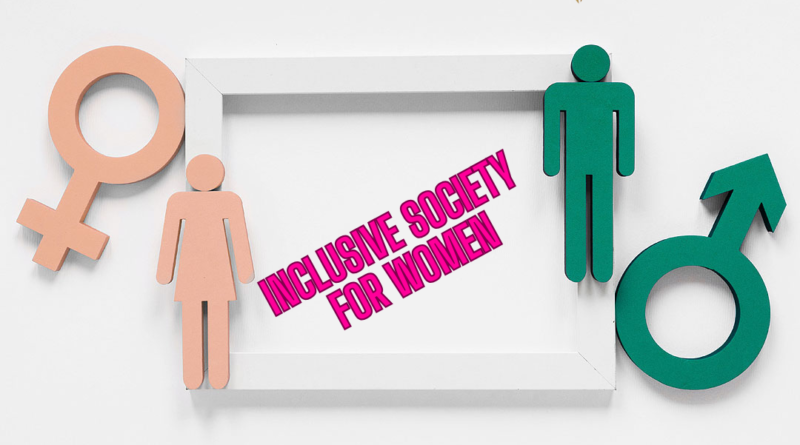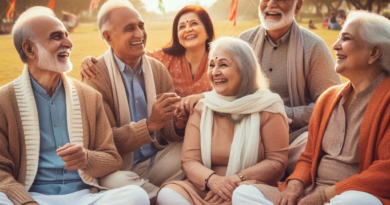Time to Build a More Inclusive Society for Women| Ias Banenge
Context:
The opportunity presented by India’s presidency of the G20 in 2022 underscores the nation’s commitment to fostering a more inclusive society. This is evident in the chosen theme for India’s G-20 Presidency: ‘Inclusive, Ambitious, Decisive, and Action-Oriented.’
Relevance:
GS1,GS2-Issues related to women, Government Policies and Intervention
READ MORE – What are Urban Cooperative Banks? Ias Banenge
Mains Question:
India’s G20 presidency presents an opportunity towards the creation of an inclusive society. Highlight the efficacy of government initiatives in this regard. (10 marks, 150 words).
W20 Mission:
Under India’s leadership, the W20 mission aims to “eliminate all obstacles hindering women’s development.” W20 India has identified five key areas to advance its goal of achieving gender equity:
- women entrepreneurship,
- grassroots women leadership,
- narrowing the gender digital divide,
- promoting education and skill development, and
- addressing climate change.
India has outlined strategies involving collective action, collaboration, cooperation, communication, and consensus-building to pursue these objectives.
Actions Taken by India in This Regard:
- Women Entrepreneurship:
- India has initiated programs like the Startup India Scheme, Mudra Yojna, and Mahila Samriddhi Yojna, focusing on holistic development and empowerment of women entrepreneurs by creating a supportive network and a robust ecosystem.
- The government also provides training and platforms, such as the Women Entrepreneurship Platform and National Startup Awards, which have significantly increased women’s participation in entrepreneurship, as indicated by a 2019 Bain and Company report.
- Recent data from a report by the National Association for Software and Services Companies (NASSCOM) in collaboration with Zinnov reveals that 18% of startups have women as founders or co-founders. These numbers are pivotal in advancing India toward a gender-inclusive economy.
- Grassroots Women Leadership: India has made substantial progress by reserving one-third of seats for women in both rural and urban local bodies through the 73rd and 74th Amendment bills in 1993. A subsequent Amendment in 2009 increased this reservation to 50%, leading to an increase in female voter participation, even surpassing male participation in some states.
- Bridging the Gender Digital Divide: Studies conducted by various organizations highlight the significant technology access gap between men and women. Illiteracy and a lack of digital skills contribute to this disparity.
- Education and Skill Development: Despite a steady rise in female literacy rates, their effective participation in the workforce remains low. Data from the Periodic Labour Force Survey (PLFS) (2019-20) indicates that female labor force participation stands at 22.8%, compared to 56.8% for males.
- Climate Change: Recognizing the importance of women’s participation in sustainable development goals, India launched the National Skill Development Mission (NSDM) with a focus on integrating women as skilled workers. As a result, 41% of women are part of the Campaign for Skilling in the Current Scenario and the Pradhan Mantri Kaushal Vikas Yojana (PMKVY) boasts nearly 50% female participation.
Conclusion:
To bridge the digital divide, collaboration and cooperation with enterprises can help provide women with access to devices and impart digital literacy. Gender and climate change issues demand comprehensive attention, and prioritizing gender-responsive strategies is an urgent necessity





Pingback: PLI Scheme for IT Hardware Ias Banenge